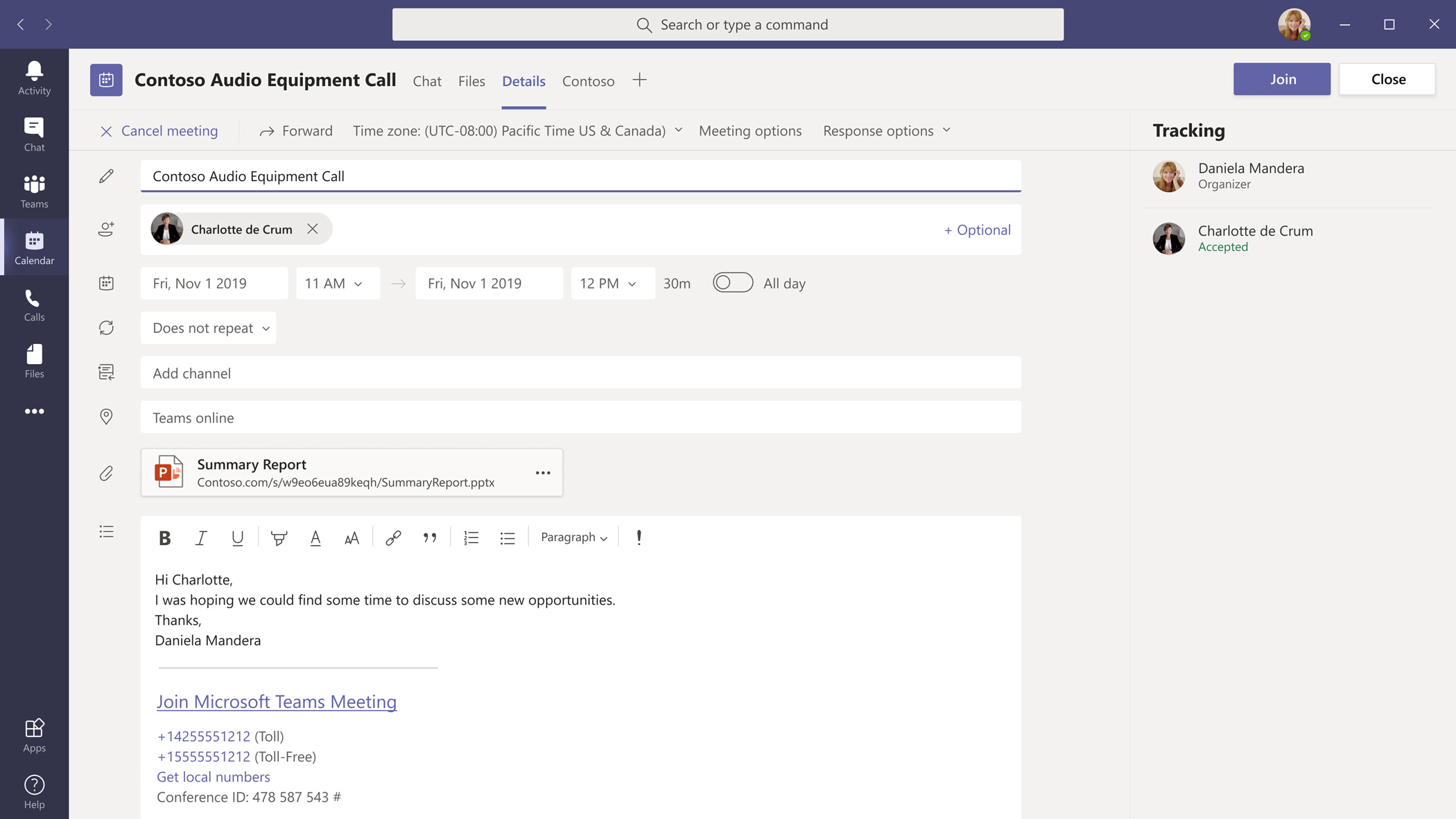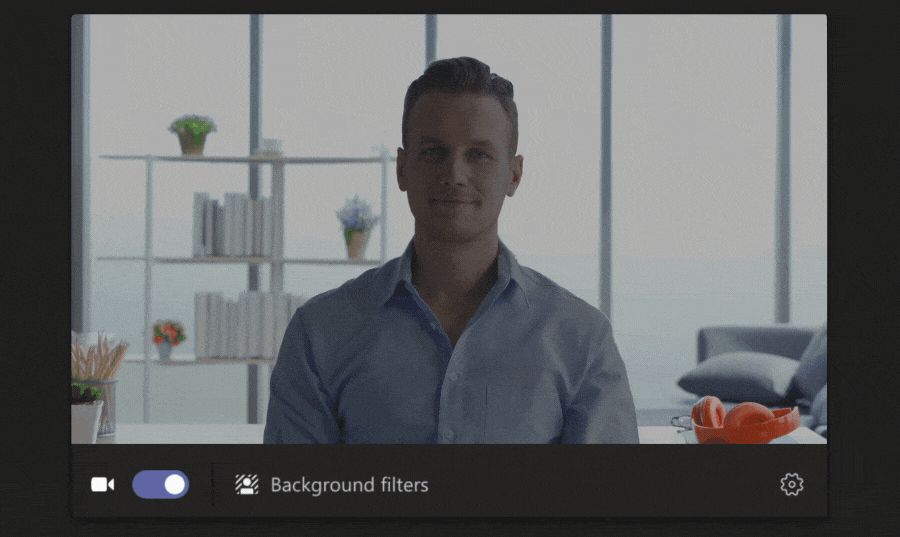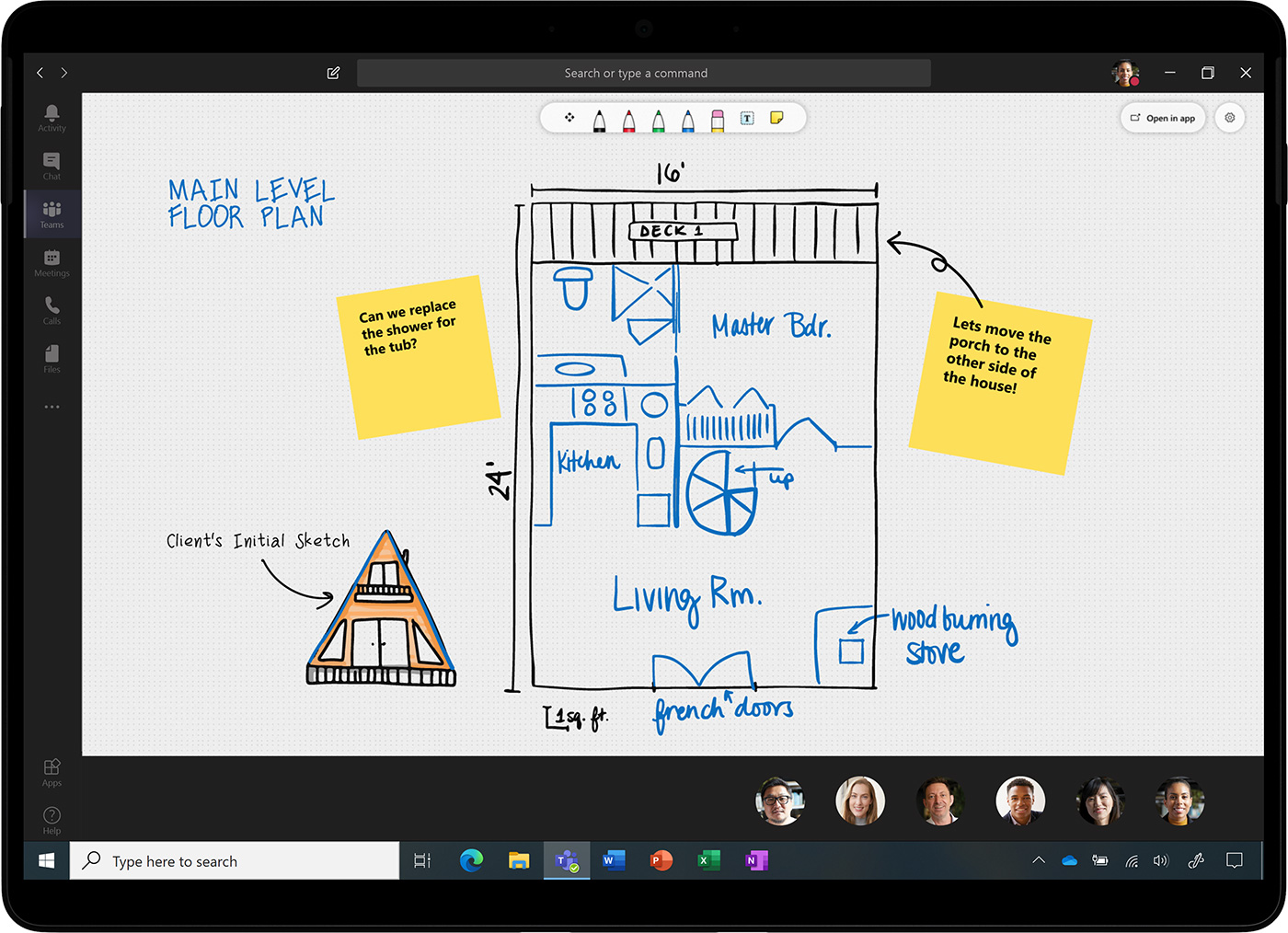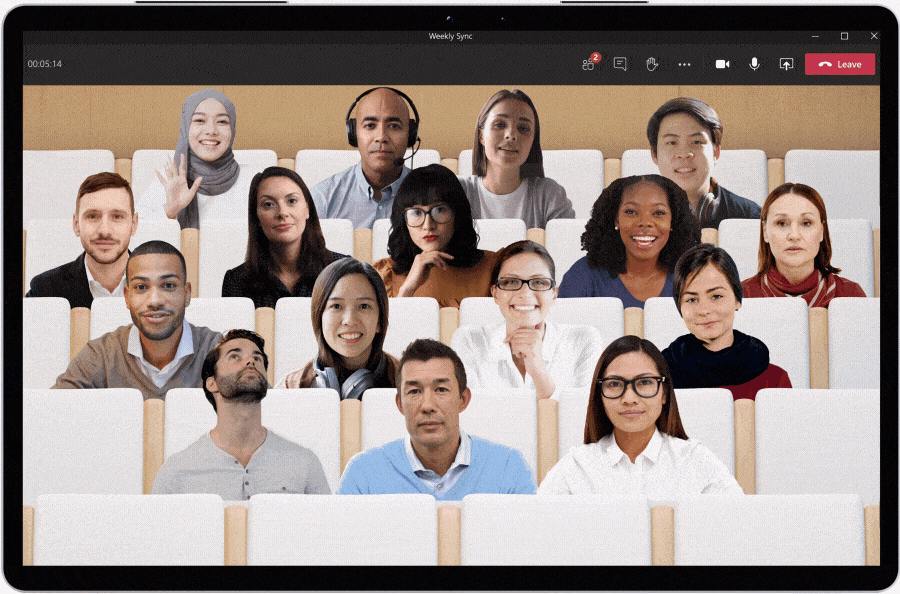Even if your organization has been using Microsoft Teams remotely for months, there’s a good chance you may not know the full range of its capabilities. And, Teams has a lot of great tools to help you stay connected, organized, and productive. In this blog, you will learn much more about the features of Teams. Welcome to the ultimate guide on how to use Microsoft Teams for meetings.
How to Use Microsoft Teams: Teams Channels and Chat
Microsoft Teams brings people together via Teams channels and chat. Before diving into the different ways to use Microsoft Teams for meetings, here’s an overview of how the platform is organized.
- Teams group the people that need to work together. These can be invite-only or setup to allow anyone from the organization to join.
- Channels provide the workspace for teams to work together. It’s the section within a team that hosts conversations and other important resources accessible by that particular group (team).
- Chat is like text messaging or instant messaging. These are private conversations, one-on-one or group, designed for instantaneous communication (not structured collaboration).
What Are Different Ways to Use Microsoft Teams for Meetings?
First, you should know that not every connection has to be a meeting. You can make a video call if you just need to talk to someone one-on-one or collaborate with a small group of people.
Make Video Calls
You can start a video call, audio call, or screen-share right from your chat window. This communication is private and won’t appear in any conversations with your team.
Set Up Meetings
Microsoft Teams lets you set up virtual meetings in several ways. You can start an instant meeting within a chat or a channel by clicking Meet Now. Scheduling a future meeting can be done on the app’s calendar(which includes a built-in scheduling assistant). And, if you prefer, you can also use Outlook to set up meetings.

Meet in a Channel
When you meet in a channel, everyone in the team can join. If you want the meeting to show up on calendars, you need to add people to the invite. Anyone else will see the meeting in the channel and decide whether to add it to their calendar. The chat and any files you add will be visible in the channel’s conversation.
Join Meetings
There are several ways to join a Microsoft Teams meeting, even for people outside your organization. You can invite anyone who has a valid email address. There’s no need for them to install anything! They just click the link and choose to “Join on the web instead”.
People in your organization can join meetings in the browser as well via the web app. Although, joining the meeting from the Teams desktop and mobile apps allows them to use more of the platform’s features.
It’s important to note that not all Teams meetings allow you to call-in from a phone. My default, the internet powers Microsoft Teams. If there’s a phone number and conference ID in the invite, the meeting’s organizer has Audio Conferencing enabled (requires additional Microsoft 365 licensing).
Manage Video & Audio
As you join the meeting, you can choose whether you want to turn your camera on. If you do turn the video on, you can change your background or make it blurry from that same window. Video filters (coming soon) will allow you to adjust lighting and soften focus to customize your appearance.
You may want to mute your mic from the start or on occasion, depending on what’s happening around you or how much you want to participate. There’s a microphone icon at the bottom of your screen you can click to mute or unmute.
Having an issue with video or audio? The Device Settings menu lets you change your camera, speakers, and microphone.

Record Meetings
Anyone within your organization can start (or stop) recording a meeting. The recording will continue even if the person who started the recording leaves the meeting.
If you were part of the meeting, you can play the recording directly in Teams (in the channel conversation or Files tab). Sharing the recording follows the same steps for sharing any Microsoft 365 file. And, if you didn’t start the recording or schedule the meeting, you can still share. Microsoft will ask the meeting recorder/organizer to approve.
Manage Meetings
When you schedule a meeting, you are the organizer. All participants are marked as such-unless the organizer changes their roles for specific meetings. You need to choose who can present (share content) and who will just attend. Presenters can be everyone, people in your organization, or only you. It cannot be someone from a different organization.
By setting up a lobby, you can also control who joins the meeting and when they can do so. Based on the meeting content or the audience, this could be just you, people in your organization, or other trusted groups (or everyone). If you want to be notified when people join or leave, you can set up alerts within these settings.
Share Content
You can share different kinds of content in a meeting:
-
-
- Desktop: entire screen, which includes other activity
- Window: just one window, which keeps desktop private
- PowerPoint: present a file others can interact with
- Whiteboard: collaborate with others in real time
- Computer sound: all audio, including notifications
-
You can give away control and take it back when dealing with shared content. You can also zoom into shared content by pinching on your trackpad, using keyboard shortcuts, or holding Control and scrolling with your mouse.

Take Notes
People who are in the same organization as the meeting organizer can start or access the meeting notes.
To take before a meeting, go to Calendar and double-click the meeting. From there, go to the Meeting Notes tab. During the meeting, go to More Actions > Meeting Notes > and then Take Notes. After the meeting, go to the channel where the meeting occurred, find the meeting, and then click Show Notes in Fullscreen.
Raise Your Hand
The “Raise Your Hand” feature allows you to contribute without interrupting the conversation. Presenters will receive a notification. They can also see who raised their hand first in the Show Participants window.
Multitask
You can continue to use Teams during a meeting. When you click outside of the call, the video will become a small window at the top of your screen. Click the window to return to the call.

Using Microsoft Teams for Meetings
Microsoft Teams can make your meetings smoother and simpler.
WorkSmart is all about Microsoft Teams! Check out our webinars on the topic as well as other blogs, such as the difference between video calls and meetings.


